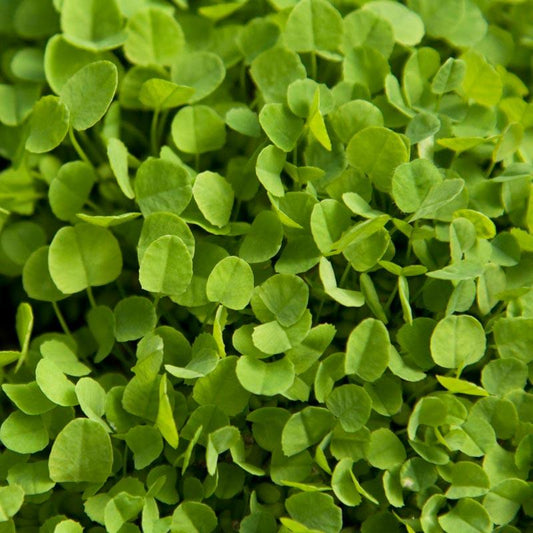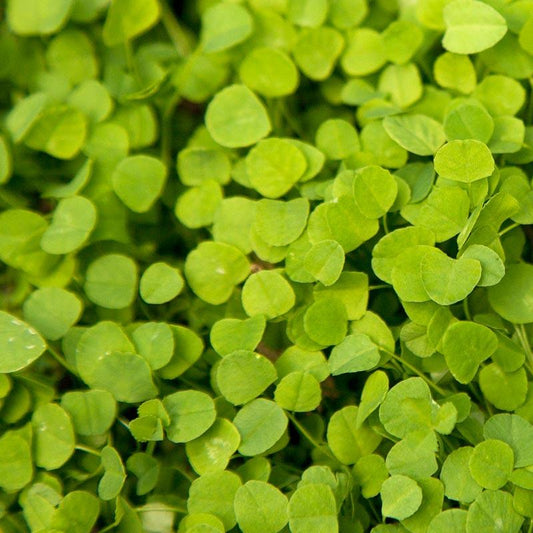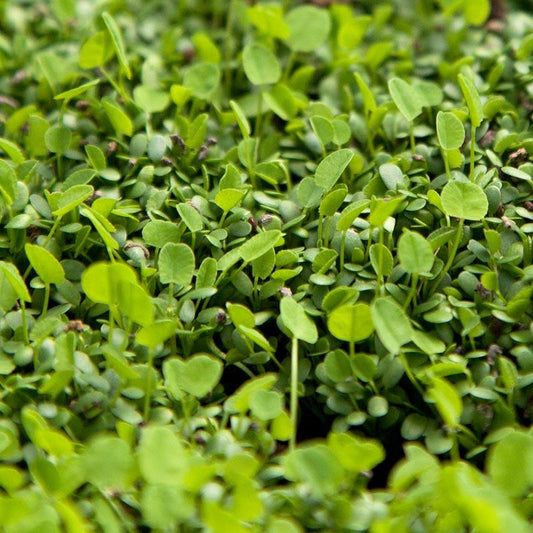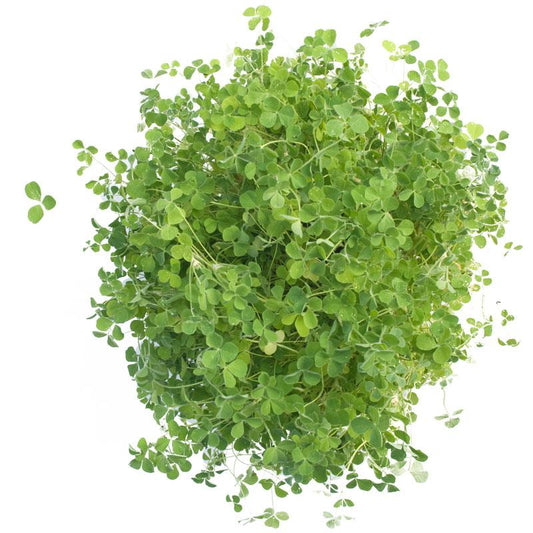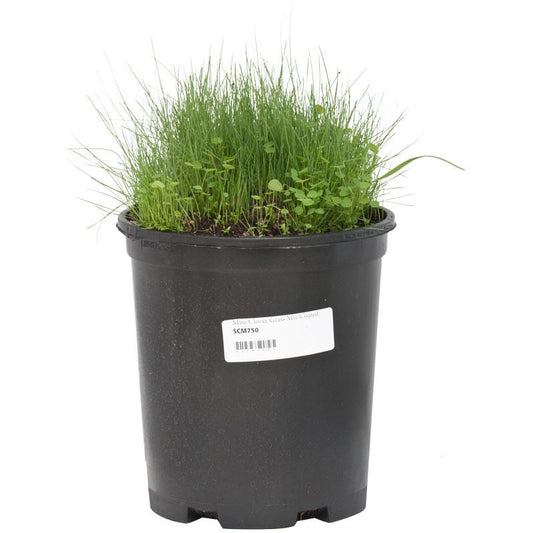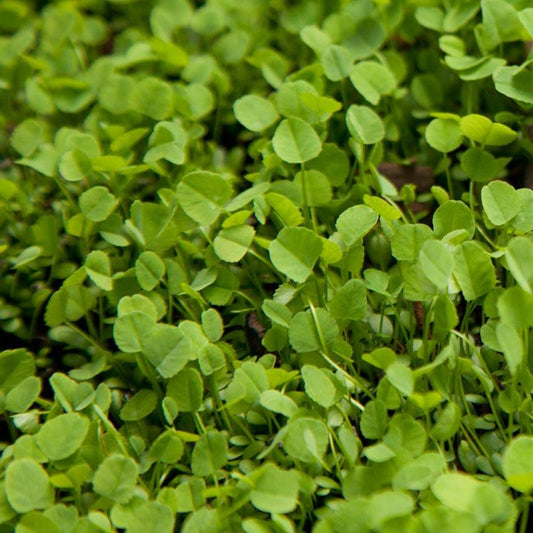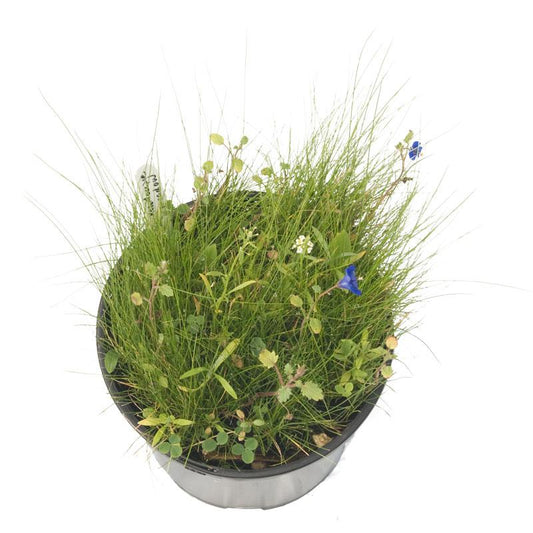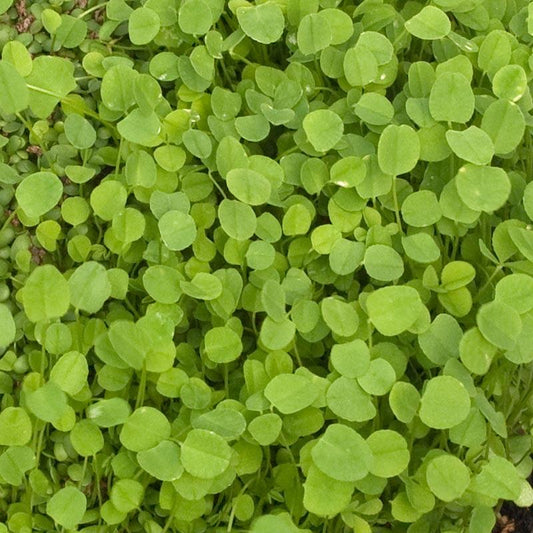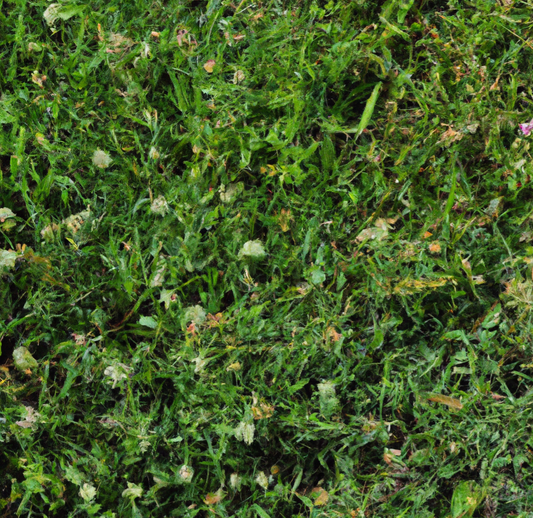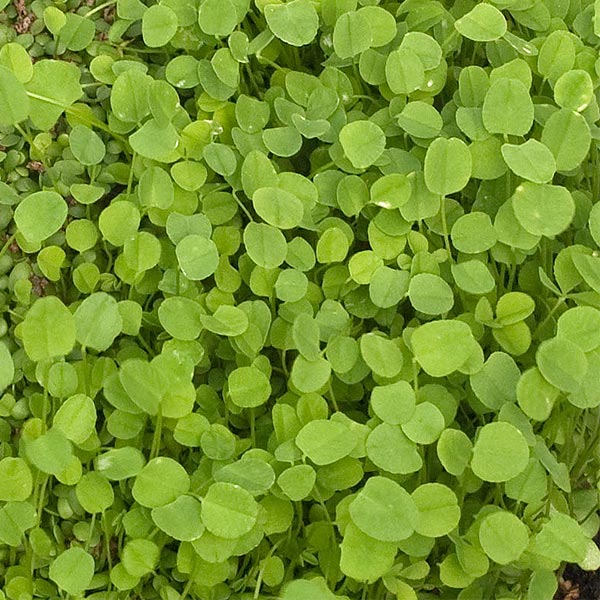Sustainable Benefits of Growing Clover for Improved Soil Health
Growing clover is a smart and sustainable choice for enhancing soil health and promoting long-term agricultural benefits. One of the primary advantages of cultivating clover lies in its ability to act as an effective ground cover.
Clover plants, with their thick growth, effectively control weeds by outcompeting them for resources. This natural approach reduces the necessity for chemical interventions. Additionally, clover's extensive root system contributes to improving soil structure, especially in clay soils, enhancing aeration, and water retention.
One of the standout features of clover is its capability to fix nitrogen in the soil. Clover has a special partnership with bacteria in its roots. This partnership helps turn the air's nitrogen into a form that plants can use easily. This natural nitrogen-fixing ability makes clover an excellent choice for green manure, enriching the soil with this essential nutrient.
Incorporating clover into crop rotation practices further benefits the soil by disrupting pest and disease cycles and promoting biodiversity in the growing environment.
In the United States, where diverse climates and soil types prevail, clover proves adaptable and thrives across various regions. Its ability to grow in different conditions makes it a versatile choice for farmers and gardeners alike. Whether sown in the spring or late summer, clover covers the soil effectively throughout the growing season, providing continuous benefits. As a valuable tool for improving soil health, controlling weeds, fixing nitrogen, and contributing to sustainable agriculture, growing clover emerges as a cornerstone practice for fostering resilient and productive farming systems.
Clover cover crops play a crucial role in enhancing soil health and promoting sustainable farming practices. These versatile plants, belonging to the Trifolium genus, offer numerous benefits for both agricultural and environmental purposes. Let's delve into the essential aspects of growing clover cover crops, exploring their applications, advantages, and the straightforward steps involved.
Clover emerges as a versatile ally in sustainable agriculture, offering multifaceted benefits. With its dense growth, clover provides effective weed control, suppressing unwanted vegetation and promoting a cleaner, more organized environment for growing plants. Its extensive root system aids in erosion control, stabilizing soil against the forces of wind and water.
Planting clover in early fall is particularly advantageous, as it thrives in well-drained soil during this season. This strategic timing aligns with the growing season, enhancing its contributions to crop production. In addition, the presence of clover can be beneficial for cash crops, as it not only mitigates weed competition but also fixes nitrogen in the soil, providing a natural boost for overall soil fertility. Embracing clover as a ground cover proves to be a proactive and sustainable approach, fostering a healthier and more productive agricultural landscape.
Selecting the Right Clover Variety:
Choosing the appropriate clover variety is essential for successful cover cropping. Common options include Dutch White Clover, Crimson Clover, Red Clover, White Dutch Clover, and Ladino Clover. Each variety possesses unique characteristics that cater to different climates and soil types.
Soil Preparation:
Prepare the soil by ensuring it is well-draining and free from weeds before planting clover cover crops. While clover adapts well to various soil types, it thrives in well-aerated, loamy soil. Proper soil preparation provides an optimal environment for clover growth.
Planting Time:
Clover seeds can be sown either in early spring or late summer for optimal growth. It's crucial to ensure the soil is adequately moist during planting to promote seed germination. Timing is essential to create favorable conditions for the clover cover crop to thrive.
Sowing Methods:
Two common methods for sowing clover seeds are broadcasting and drilling. Broadcasting involves scattering seeds evenly over the soil surface, providing uniform coverage. Alternatively, drilling allows for more controlled spacing by planting seeds in rows using a seed drill.
Depth of Planting:
Due to the small size of clover seeds, they should be planted at a shallow depth, ideally around 1/4 to 1/2 inch. Planting at the right depth supports successful germination and establishment of the cover crop.
Germination Period:
Clover seeds typically germinate within 7 to 14 days under favorable conditions. Adequate moisture and proper planting depth contribute to the successful germination of the seeds, initiating the growth of the cover crop.
Applications of Clover Cover Crops:
- Soil Enrichment:
- Clover cover crops enhance soil structure by improving aeration and water retention. The decomposition of clover adds valuable organic matter to the soil, creating a healthier environment.
- Nitrogen Fixation:
- Clover forms a symbiotic relationship with nitrogen-fixing bacteria, enriching the soil with nitrogen. This natural process benefits neighboring plants and promotes overall soil fertility.
- Weed Suppression:
- The dense growth of clover cover crops effectively suppresses weeds, reducing the need for chemical herbicides. This contributes to a more sustainable and environmentally friendly approach to weed management.
- Attracting Beneficial Insects:
- Clover flowers attract beneficial insects, including pollinators like bees and butterflies. This promotes biodiversity and contributes to a healthy ecosystem within the agricultural environment.
- Livestock Forage:
- Many clover varieties, such as Ladino Clover, serve as nutritious forage for livestock. Grazing on clover-enriched pastures often leads to improved health and productivity in livestock.
- Challenges and Considerations:
Pest Management:
- Clovers can attract certain pests, such as slugs and specific wildlife. Implementing pest management practices, such as monitoring and control measures, helps minimize potential issues.
- Competition with Other Plants:
- In certain settings, clover cover crops may compete with other plants for resources. Strategic planting and management practices can help mitigate competition and ensure the benefits of the cover crop.
- Management Requirements:
- Depending on the application, clover cover crops may require specific management practices, such as mowing or controlled grazing, to maintain their benefits effectively.
Growing clover cover crops is a valuable and sustainable practice with wide-ranging benefits for soil health, biodiversity, and overall agricultural sustainability. Whether used in large-scale farming or small-scale gardening, clover cover crops contribute to building resilient and thriving ecosystems.


